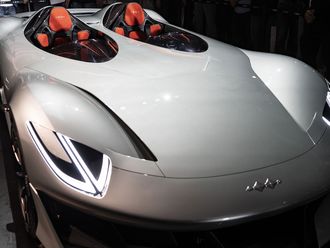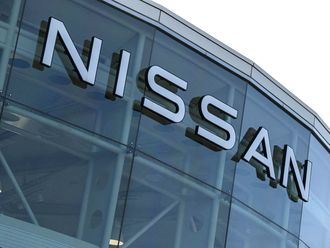It is interesting how the flow of goods from distant lands in the Far East and Asia flooded the markets of Europe as early as the 15th century.
“ ... the shops of Lisbon and Antwerp and other emporia in Europe were bursting with Chinese porcelain and Ming silks … the most important imports in terms of quantity and desirability were spices …” describes Peter Francopan in his hugely successful “The Silk Roads”.
The journey of these goods from source to the end markets by sea and caravan stretched over extended periods — even years — to reach their destinations, where they were quickly lapped up at huge premiums.
Five centuries later, the world is still driven by the same need and the factories of China and the Far East once again are the suppliers to the rest of the world. The speed of the journey has however shrunk to days, if not hours. Today, pastries made in the night in Paris could be selling in the morning at a hotel in Dubai, and flowers grown in Holland could be with florists next day in Shanghai.
None of this is surprising or new anymore. It has come to be expected. Just as it is not surprising how quickly information gets distributed across geographies. Communication is no longer limited to a small area or region as when a newspaper or publication covered a particular city or region.
Now an idea is transmitted directly to hundreds of millions of people across the globe ... in a second.
Advertisements during the Super Bowl this year were watched by 168 million people. Of course this cost a bomb and a large majority of these viewers were in the US. But think of the power of celebrities such as Christiano Ronaldo with 120 million followers on Facebook and 51 million on Twitter, or Shakira with 104 million on Facebook and 44 million on Twitter.
Every tweet Katy Perry sends out goes to 97 million people. And, instantly, a product can be powerfully introduced to customers across continents.
This kind of speed and hyperconnectivity is turning the customer journey on its head. Products that people are aware of, or that they desire, are not just those that are available in their local stores. They see new products and ideas released today in New York and Paris and want it in Dubai tomorrow.
When Meghan Trainer releases a new Skechers style, the pressure is on the local dealers to bring it in or risk having customers going direct to get their pairs. We all know what happens every time a new Apple phone is launched — it is soon available in shops everywhere, even in countries where it has not been launched.
So much has already been written on the growth of online powerhouses such as Amazon and Alibaba, but it is saying something, when Walmart announces that it is going to invest considerable sums on a new online grocery pickup service. What is important to understand, is how this is affecting the customer’s decision-making processes.
There is no doubt that a linear process of gathering information before making a purchase is no longer existent.
Customers bounce between online portals, peer-to-peer recommendations, and physical product experience. In a recent survey, over 50 per cent of the information for decision making for eyewear was provided by product displays in the store and the in-store experience.
If we extrapolate to an extreme the idea that online sales will eventually take over retail with all purchases happening online, imagine a world where shops no longer exist. There is no shop where you can see a product, touch it, taste or feel it.
Would videos and descriptions be enough to enable you to make your decisions? Would you be able to buy things like that?
Is it a surprise then that the online majors have started working on setting up physical stores? Could the new generation Apple stores be precursors to product experience centers that will in future fulfil the important physical touch-and-feel need of customers?
Will this facilitate online purchases while eliminating the cumbersome logistical process of having goods in a shop to be taken away in a bag?
The way we get our information, form our opinions, develop our needs and desires and consume products is completely different today from any time in history. Future changes will be even more rapid and dramatic. Don’t hold your breath, as it will take some time for all this to play out. But the contours are beginning to take shape.
Can we see them already?
The writer is a senior executive with a leading retail group in Dubai. These are his own opinions.












